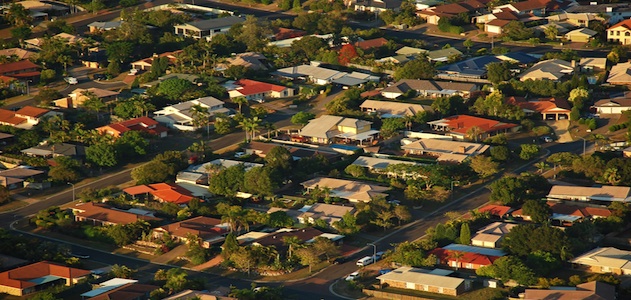Existing home sales are expected to finish the year at their highest level since 2006, the National Association of Realtors’ economic forecast forum revealed at its 2015 Legislative Meetings & Trade Expo.
However, accelerating price growth and rising mortgage rates have the potential to change this.
Both Lawrence Yun, chief economist of NAR, and Robert Dietz, vice president of tax and market analysis at the National Association of Home Builders, shared their perspective on what's going on in the housing market.
In the most recent existing-homes sales report, sales surged to their highest annual rate in 18 months, showing a promising beginning to the spring homebuying season.
Total existing-home sales, which are completed transactions that include single-family homes, townhomes, condominiums and co-ops, jumped 6.1% to a seasonally adjusted annual rate of 5.19 million in March from 4.89 million in February — the highest annual rate since September 2013 (also 5.19 million).
"Sustained job growth and interest rates below 4% have been the catalyst behind the improvement in sales," said Yun. "The demand for buying is especially strong in parts of the country where jobs gains and economic activity have outpaced the rest of the nation — particularly in states like Utah and Florida and cities such as Denver."
"Housing supply needs to increase measurably to meet the pent-up demand for buying," said Yun. "To put it in perspective, there were 37 million more people in the U.S. last year compared to 2000, yet existing-home sales that year were higher (5.2 million) than last year (4.9 million)."
Meanwhile, Dietz added that unlike the existing-home market, demand for single-family new home construction remains weak, and the homebuilding industry is acting accordingly by focusing on multifamily rental housing.
"According to our data, new home construction for first-time buyers is about half of the long-term average and the reason is simple: the decline in homeownership and marriage rates among young adults," Dietz said.
And things are not projected to return to normal levels for the building market until at least 2017, Dietz added.
Yun is forecasting housing starts to come in around 1.1 million this year and reach 1.4 million in 2016, which is still below the 1.5 million needed each year to keep up with the underlying demand. New-home sales are likely to total 570,000 this year, and increase to 720,000 next year.




